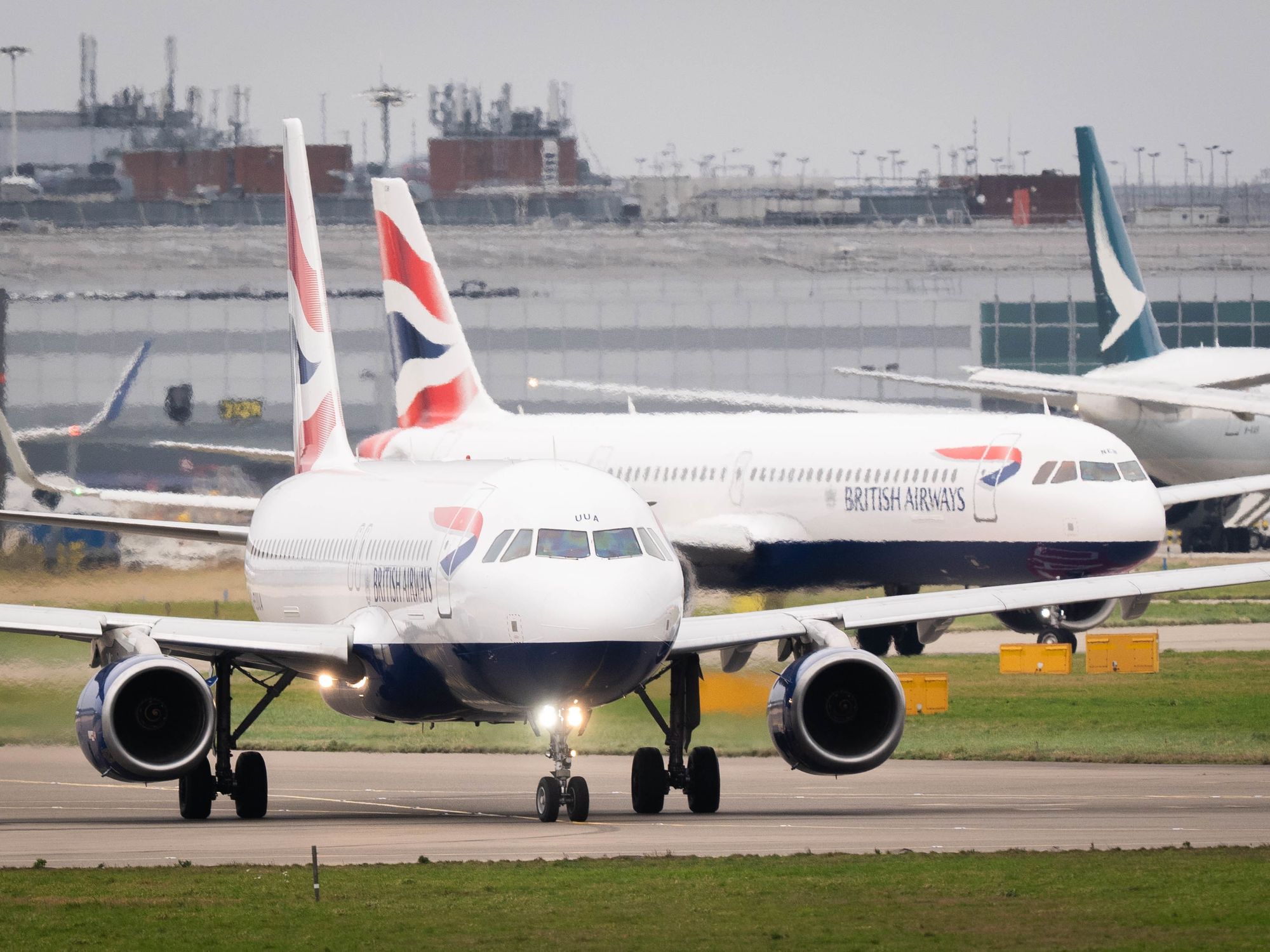Smart motorway shambles: One in five drivers likely to wait for breakdown help in most dangerous area, survey finds
Motorists on smart motorways are two times as likely to stay in their car after breaking down, according to the AA
Don't Miss
Most Read
Motorists that break down on smart motorways are two times as likely to remain in their vehicle, researchers at the AA have found.
The AA also found that twenty per cent of motorists are likely to wait in the most perilous area by their car while waiting for help.
The research comes as the motoring organisation warns those preparing to make long journeys via motorway during the festive period to account for potential breakdowns.
The AA found, from the 15,000 people surveyed, that one per cent would remain in their vehicle whilst awaiting assistance.
But this figure doubled when motorists were asked what they'd do in an emergency refuge area (ERAs) on a smart motorway.
Smart motorways don't have hard shoulders, but rather use that space as a “live lane” to reduce congestion.
Sporadic emergency refuge areas have replaced the hard shoulder on smart motorways.
Only 41 per cent of motorists said they would wait for assistance in the safest and recommended space.
20 per cent said they would wait in the most dangerous place, diagonally in front of the broken down vehicle beyond the bonnet.
AA patrol of the year, Sean Sidney said: “As ERAs are set back from traffic and are safer, drivers should not be tempted to sit in the car and wait for help. Getting out of the car, via the left-hand door, getting behind the barrier where there is one, still offers extra protection.
He added: “Breaking down on a motorway is a scary experience and drivers can make things worse by waiting in the wrong place. Should the car be hit, the force of the collision could prove fatal.
“As we head into the depths of winter with more cold, wet and dark conditions, there is a temptation to wait in the car. Keeping a coat, hat, gloves, water, high energy snacks and a fluorescent vest in the car for you and your passengers can be a saving grace.
“Most breakdowns can be prevented, so it is important to check your vehicle over before setting off. Making sure you have enough fuel or electric charge in the car, undamaged tyres, along with good oil and coolant levels, will help prevent most faults.”











